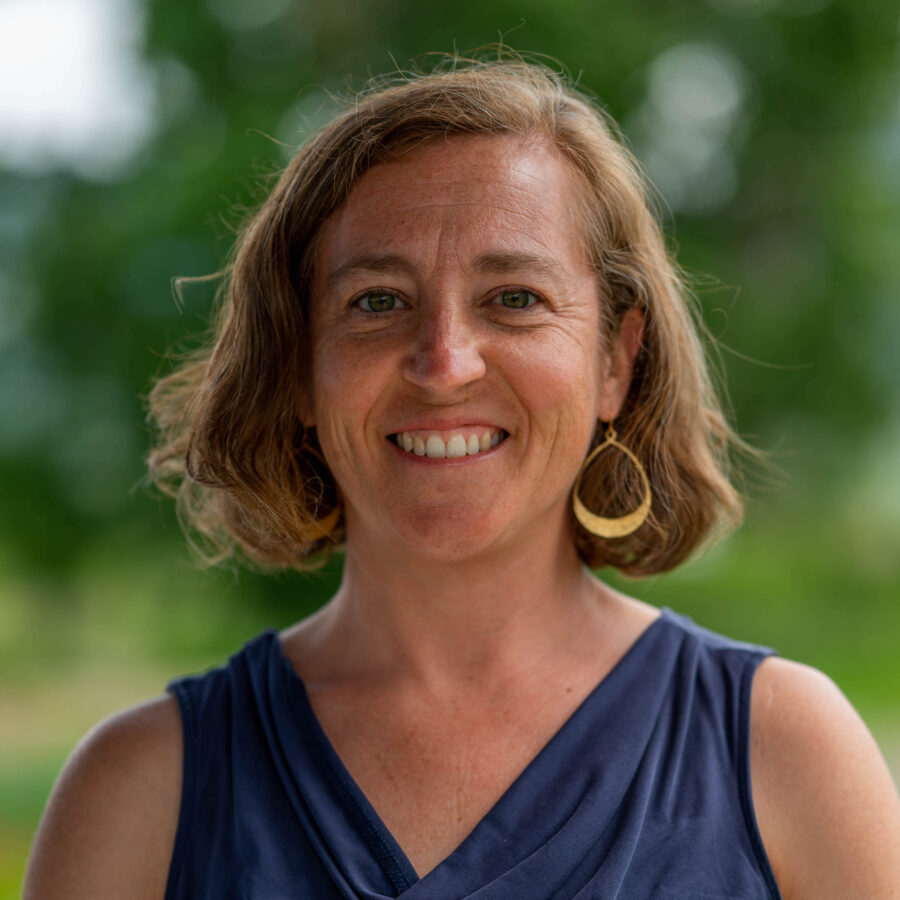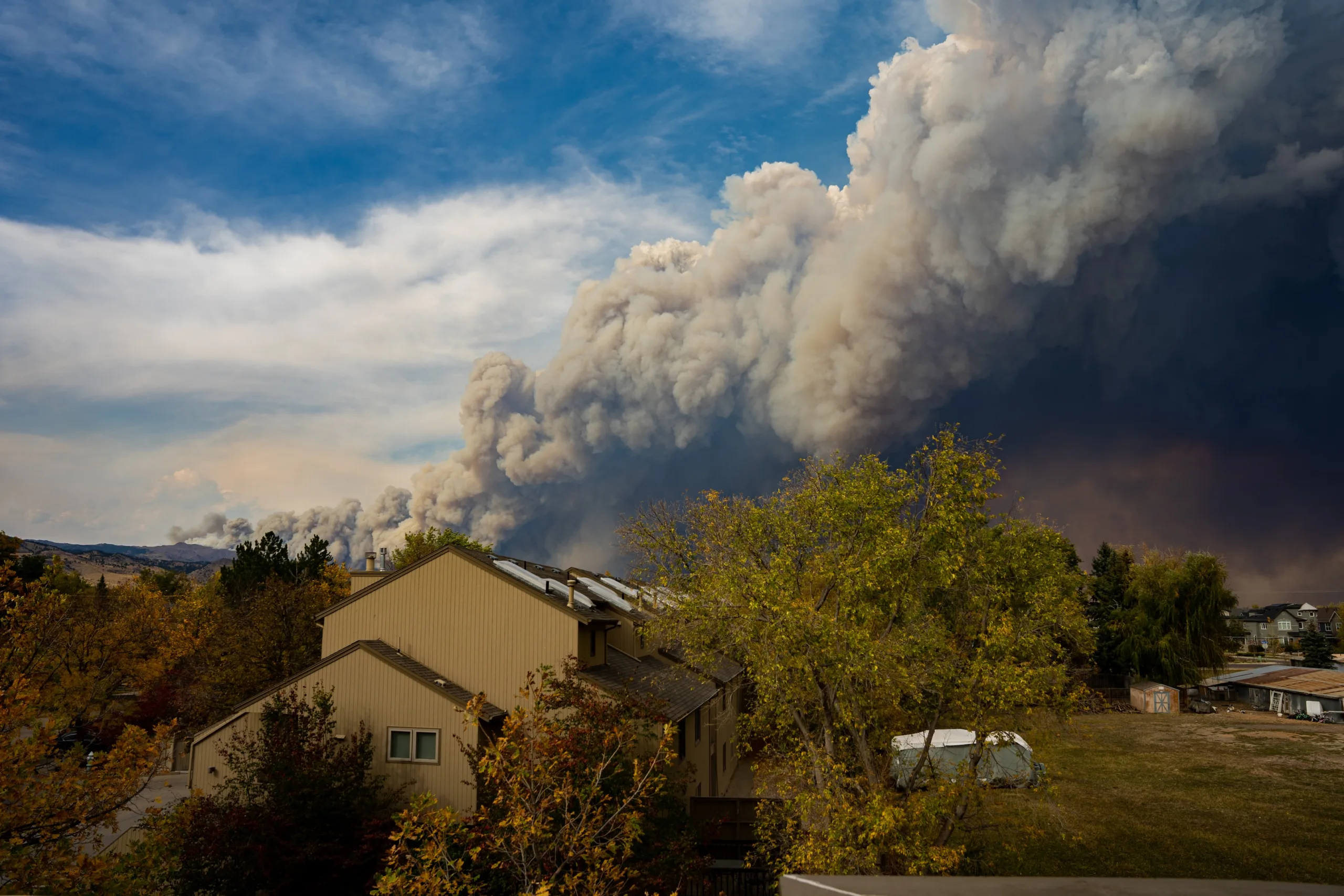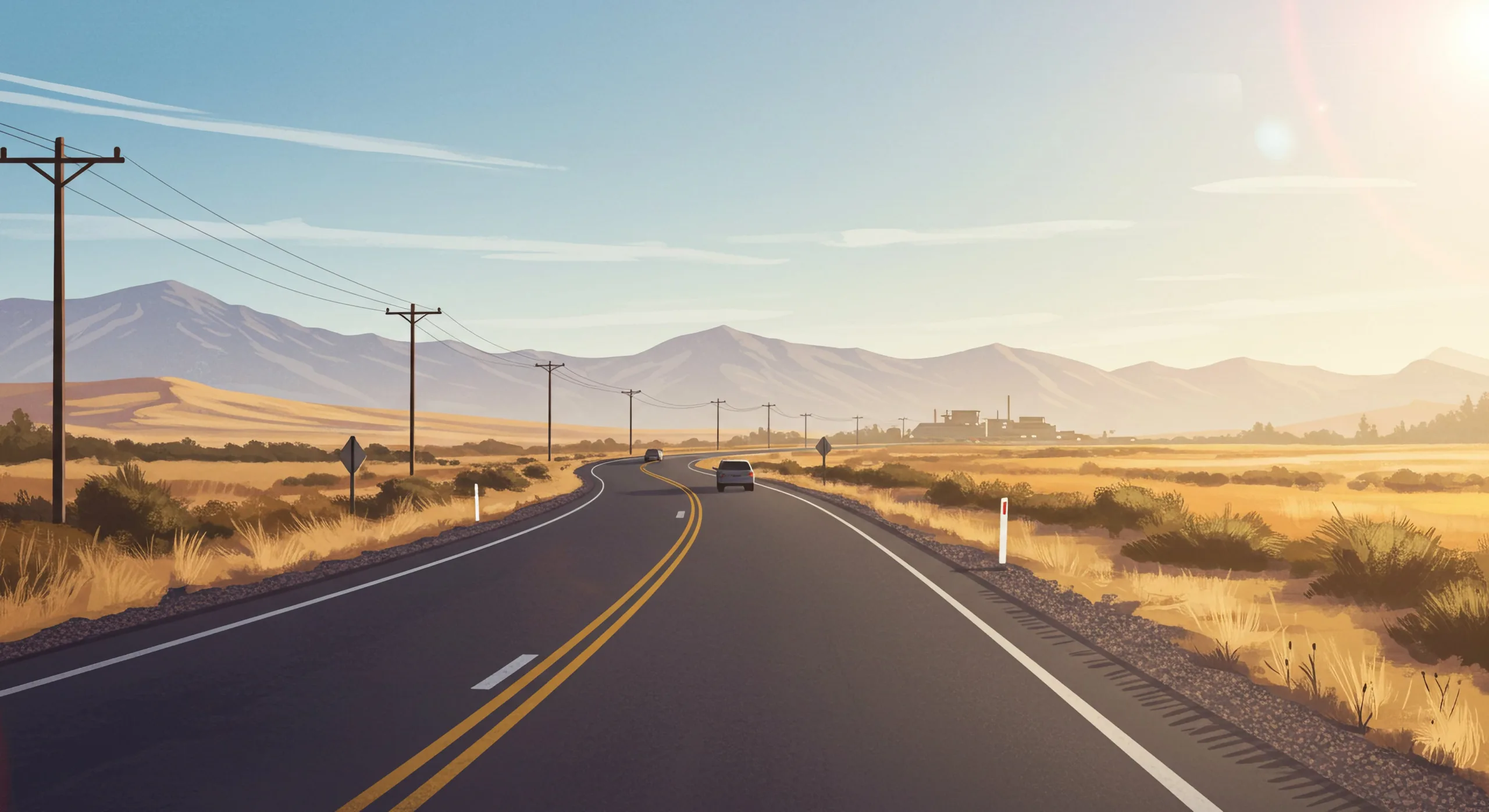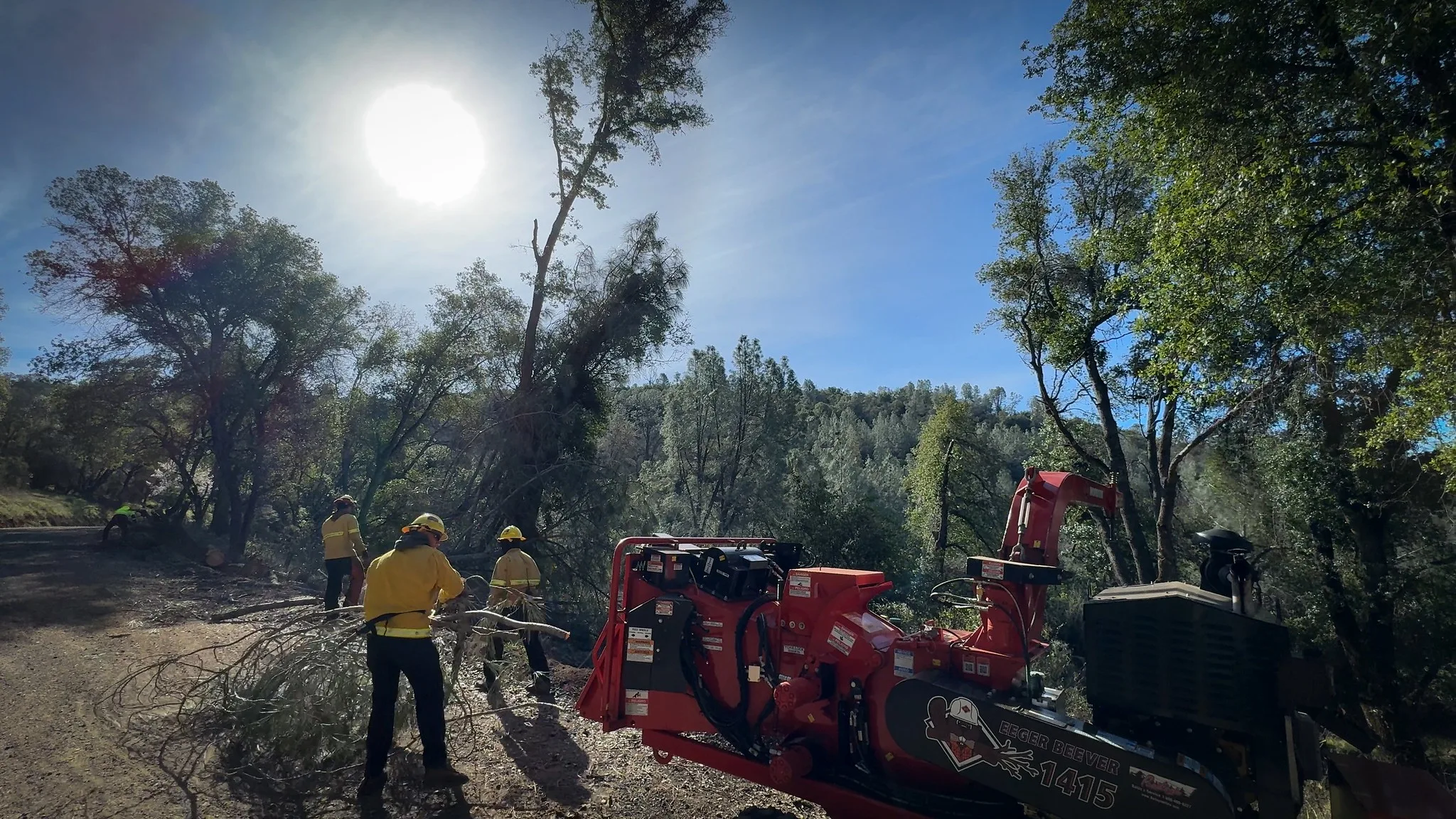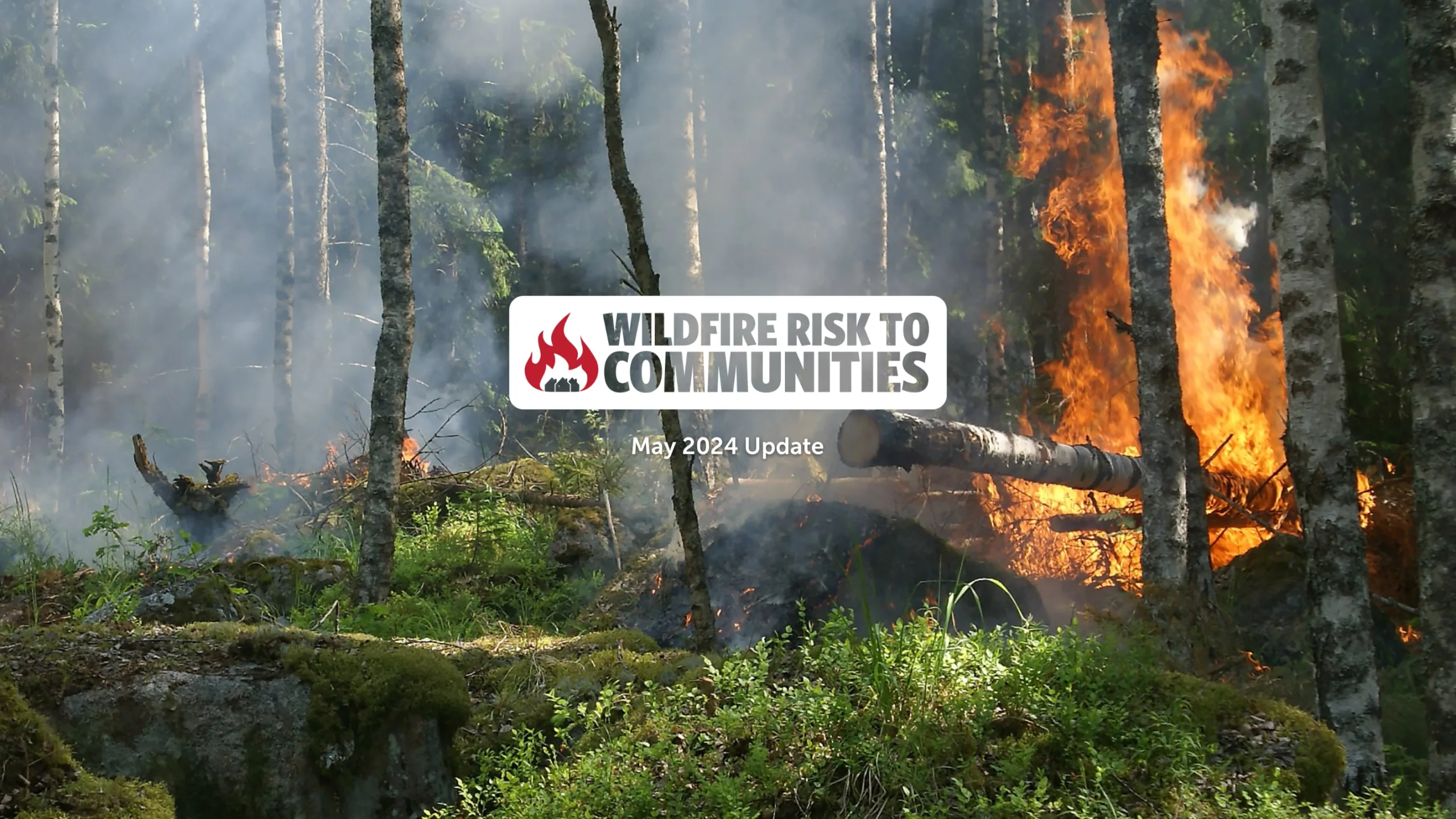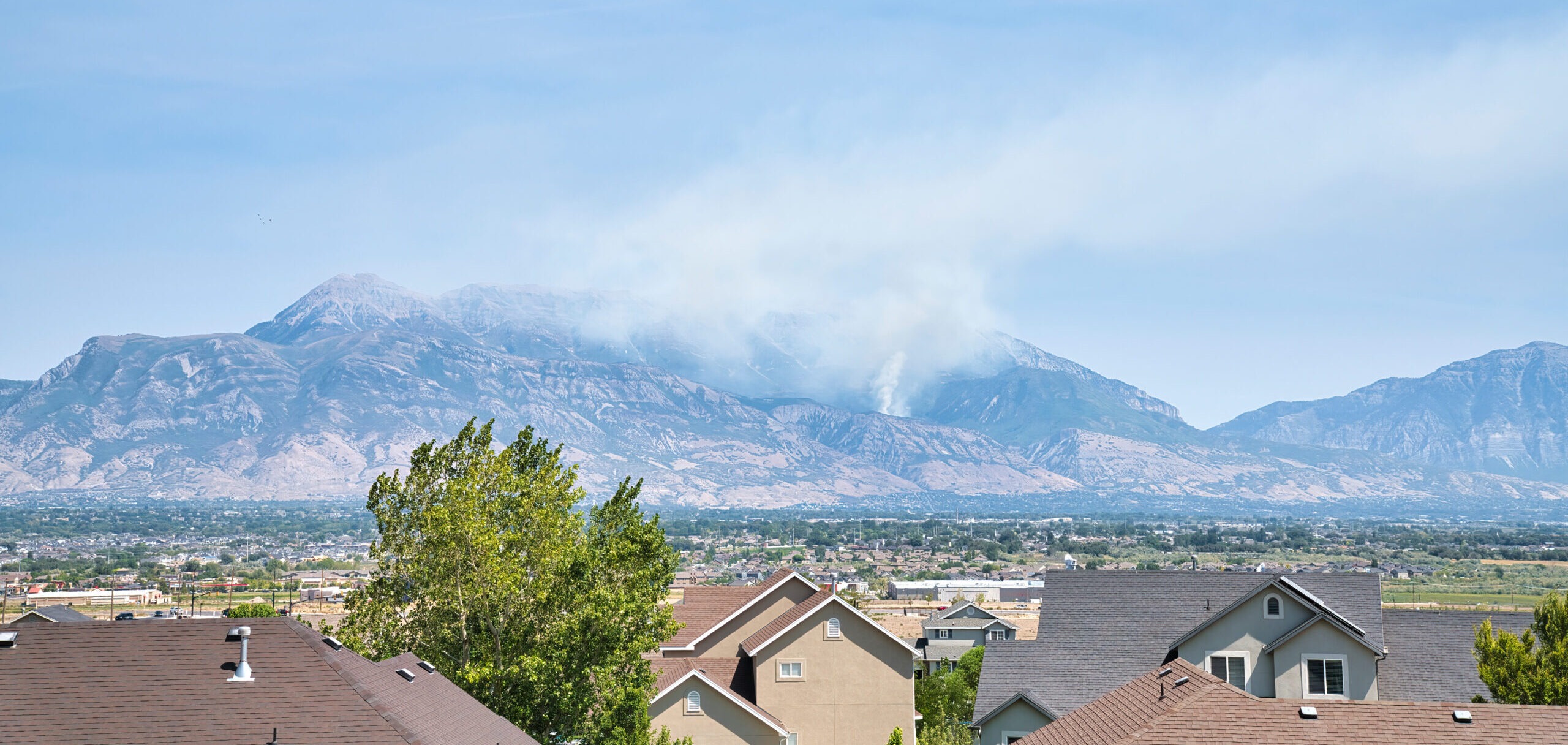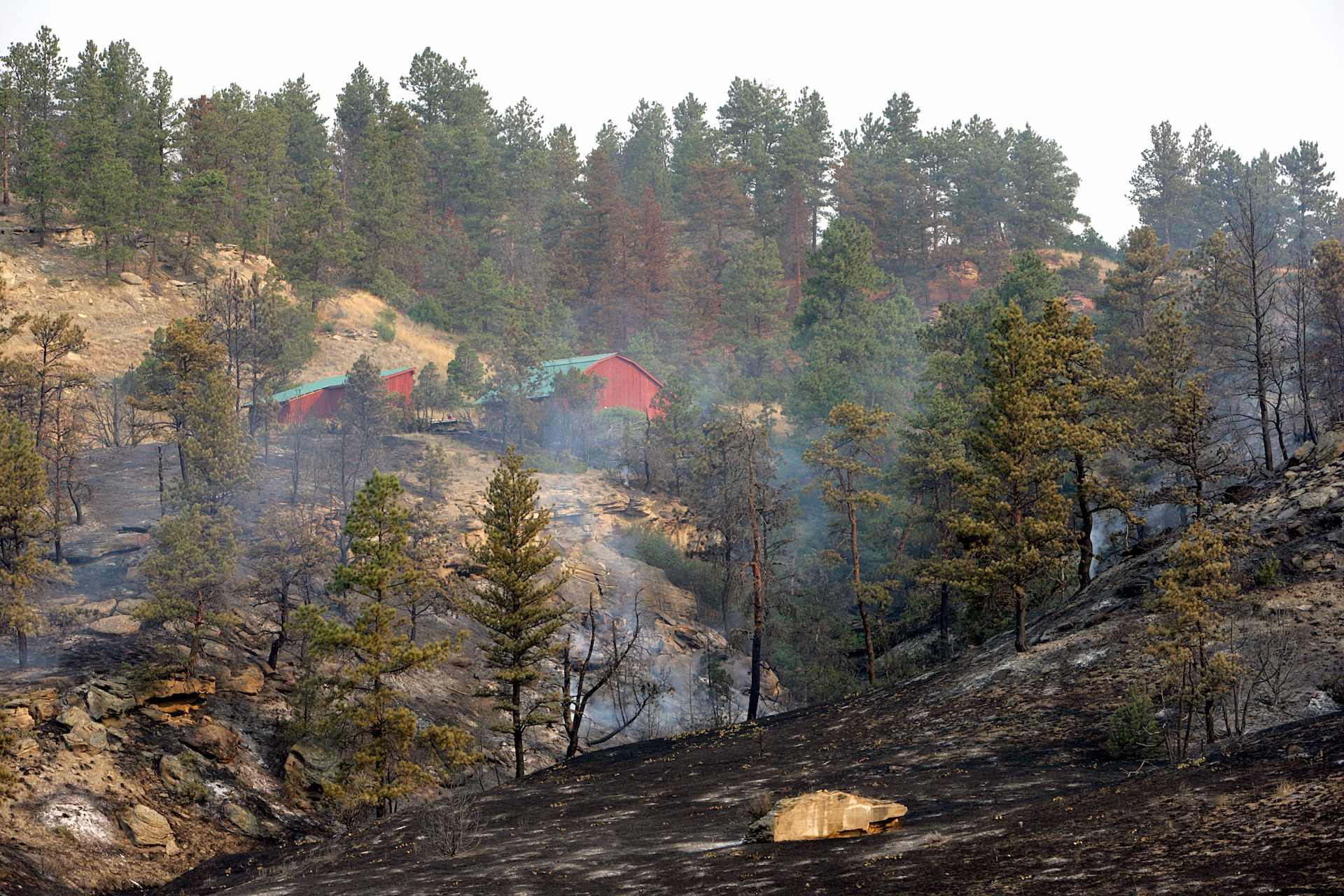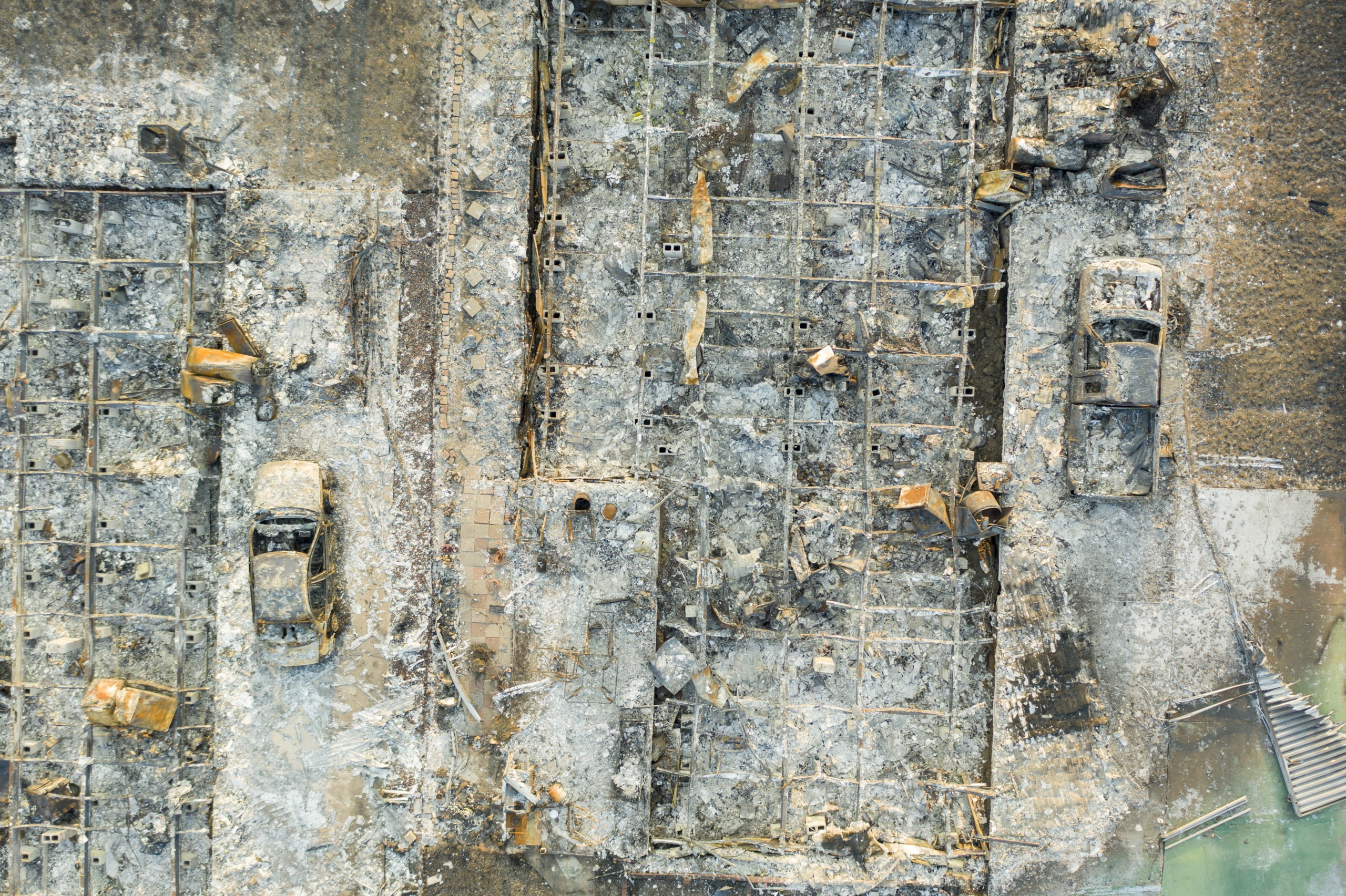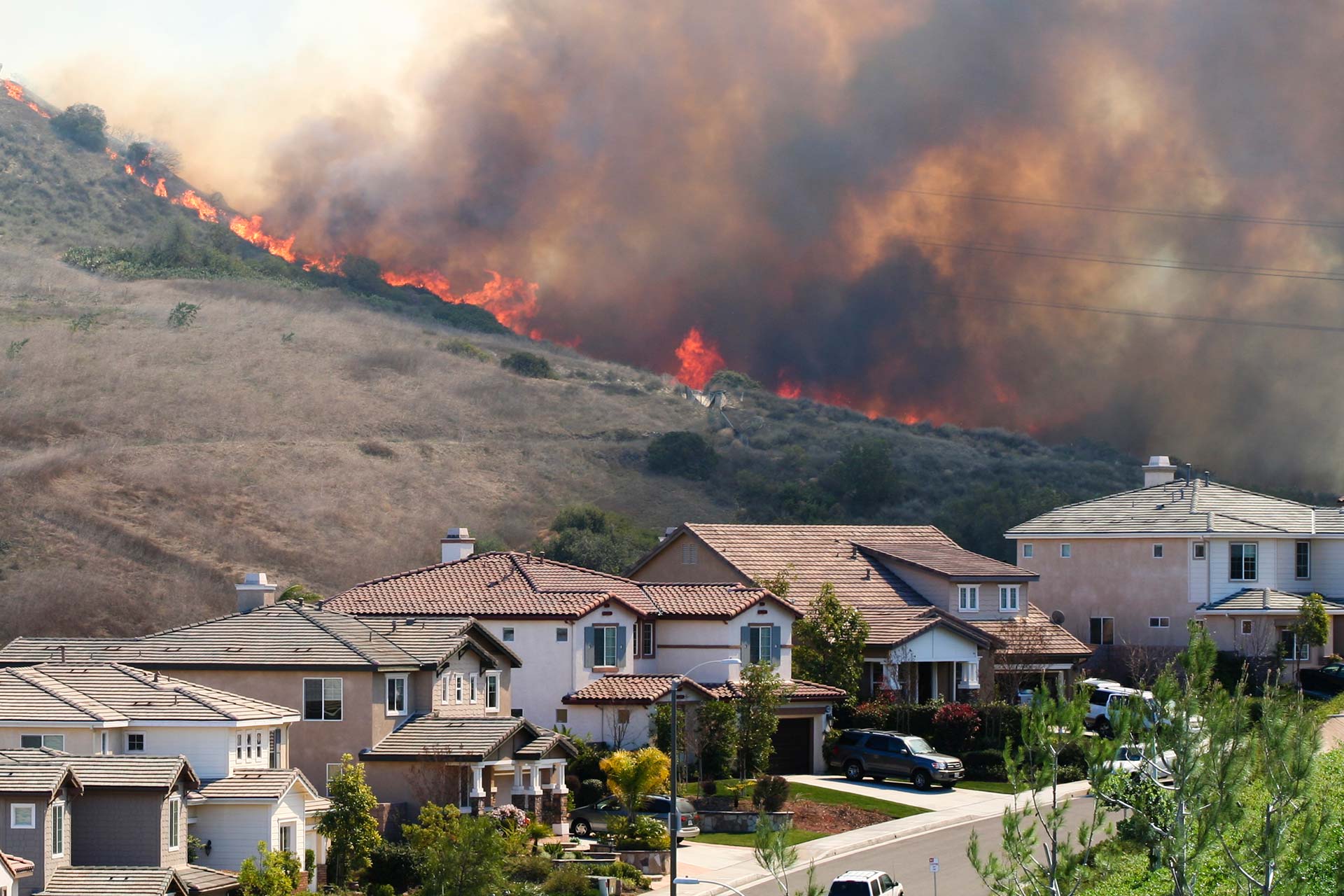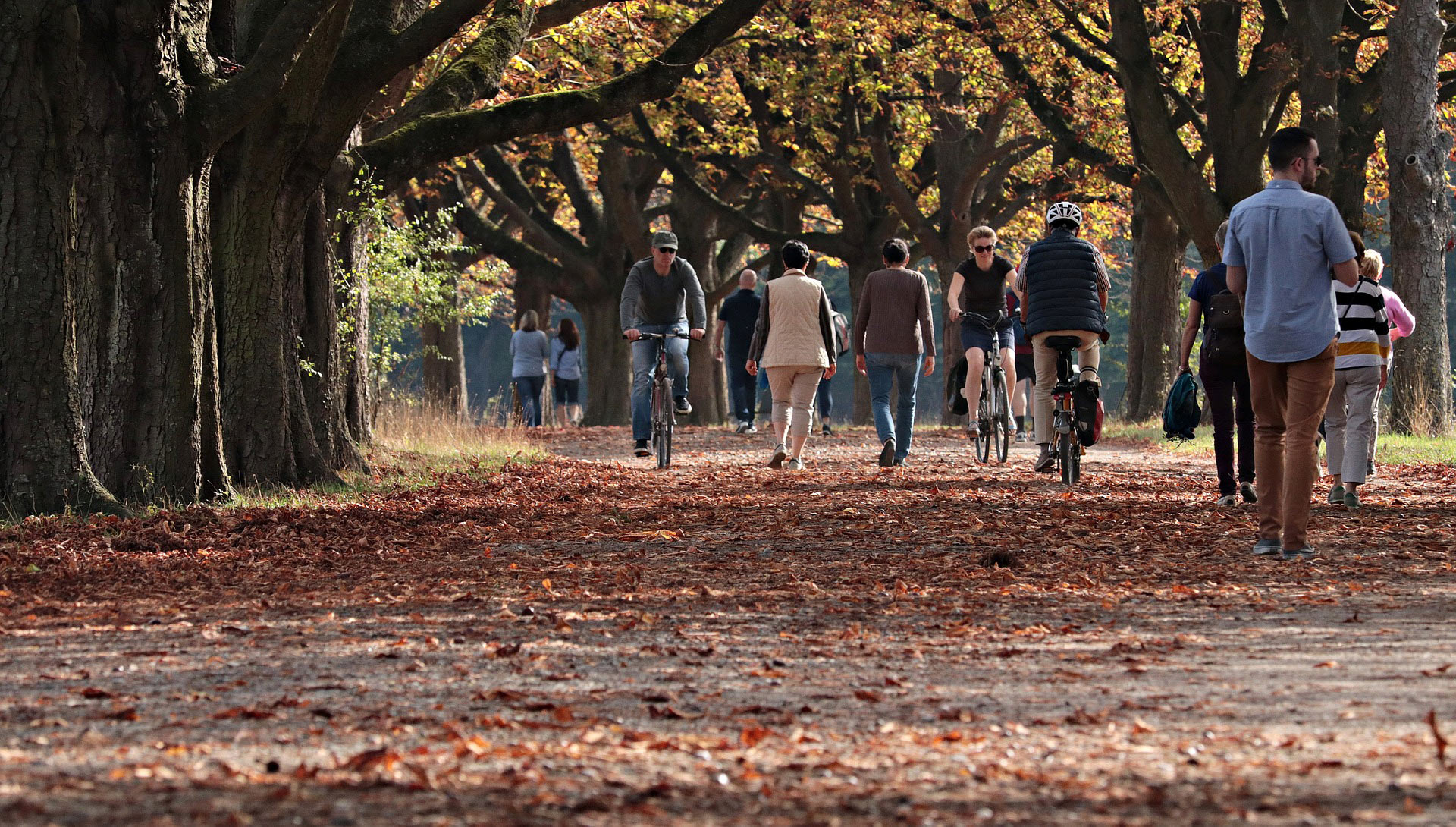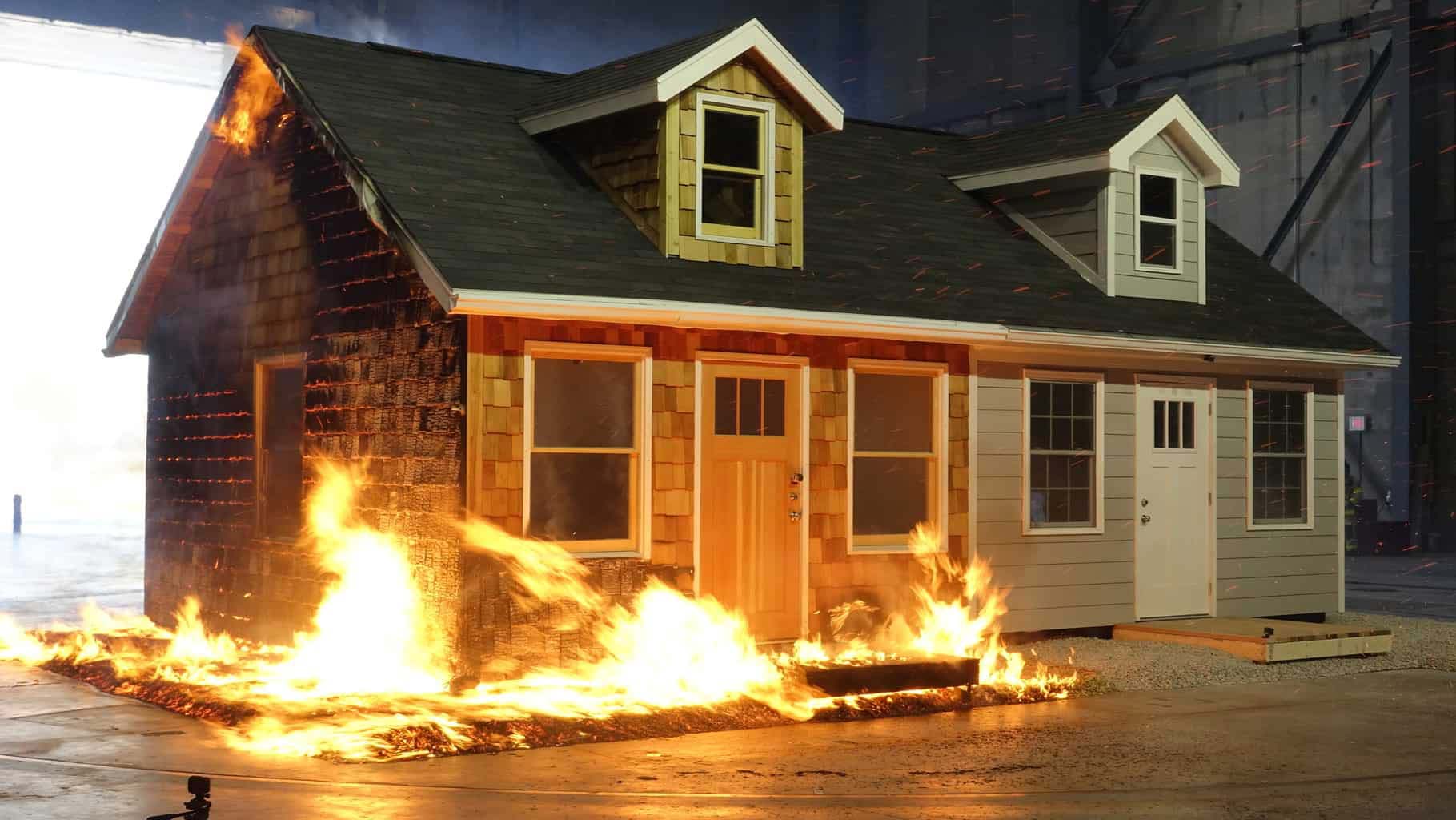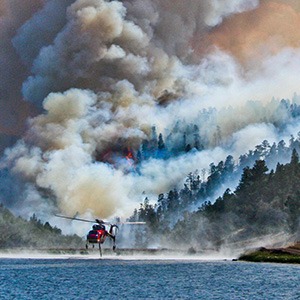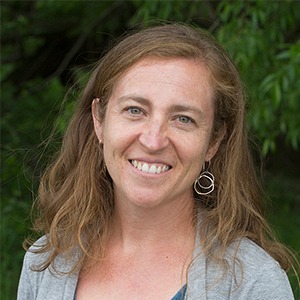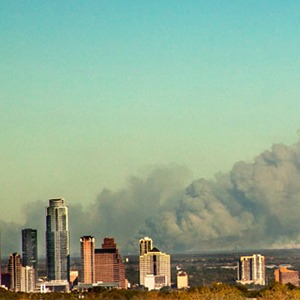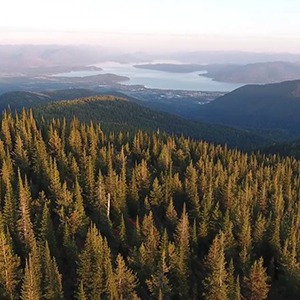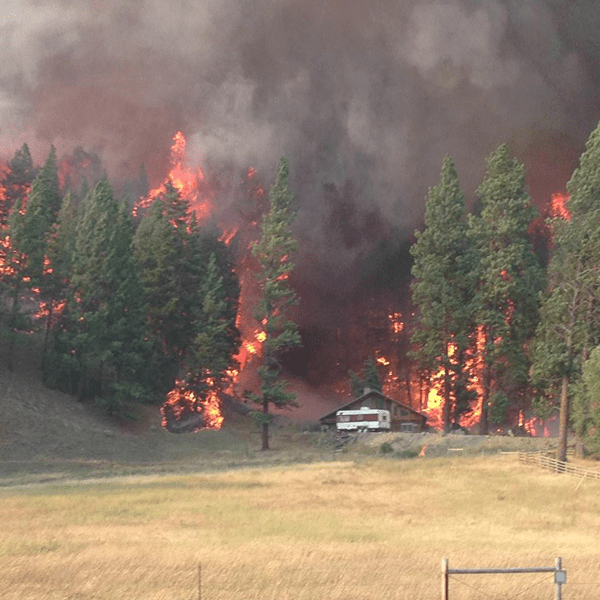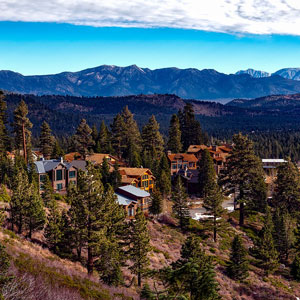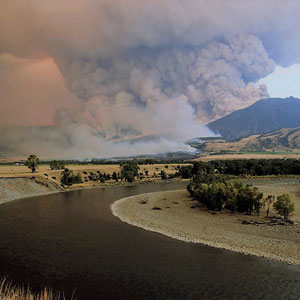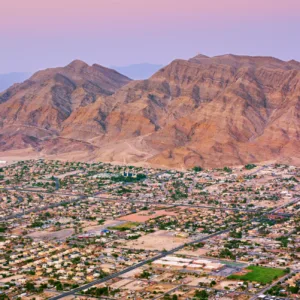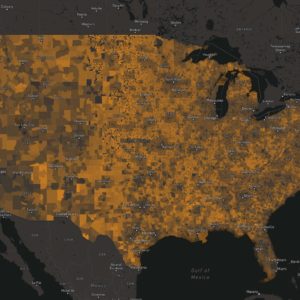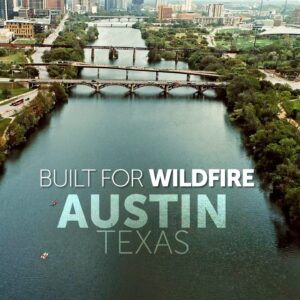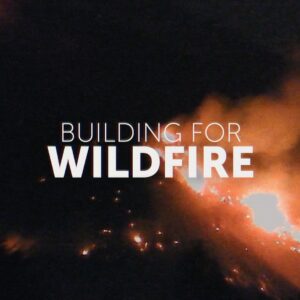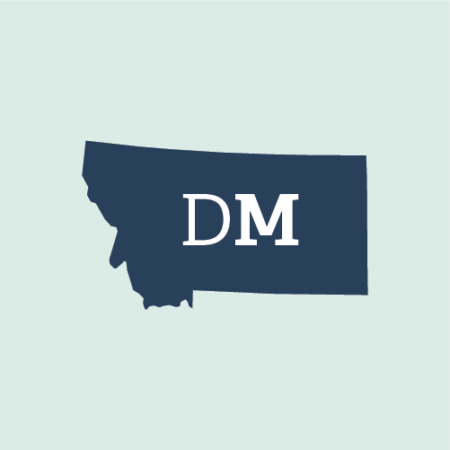Kelly Pohl is Associate Director of Headwaters Economics. She works closely with her team to shape program goals and identify opportunities to advance the organization’s mission. Kelly’s policy knowledge and aptitude for strategizing and messaging help Headwaters Economics remain at the forefront of emerging issues.
In her role as Headwaters Economics’ operations lead, Kelly is known for her can-do attitude, her astute use of technology for planning and project tracking, and her foresight regarding workflow resources, bottlenecks, and opportunities. She continually steers the team toward thoughtful action, ensuring that staff members reach their full potential in a positive environment.
Kelly has led the design and development of many of Headwaters Economics’ nationally-recognized research products and tools. With a knack for making complex information visually compelling and actionable, she led the development of the Unequal Impacts of Wildfire tool demonstrating where exposure to wildfire intersects socioeconomic vulnerabilities, and she serves as the U.S. Forest Services’ point of contact for the Wildfire Risk to Communities tool, the first nationwide map of wildfire risk to communities. She has also conducted original research on state funding mechanisms for outdoor recreation and conservation, best practices for recreation in municipal watersheds, and the costs of wildfire-resistant home construction.
Before joining Headwaters, Kelly led community-based finance campaigns for trails and conservation and oversaw the design and construction of multi-million dollar trail projects for a local nonprofit organization. She coordinated public/private partnerships and led dozens of public access and private conservation projects. With a master’s degree in geography, she has also worked as a fire ecologist and a park naturalist. A Montana native, Kelly is intimately familiar with small-town dynamics, strengths, and challenges. She represents Headwaters Economics on topics including wildfire, outdoor recreation, socioeconomic equity, and climate adaptation – not as hypothetical situations, but as they impact real people in real communities. In her spare time, she volunteers as the chair of Bozeman’s Transportation Advisory Board and on the Land Conservation Committee for the local land trust.

